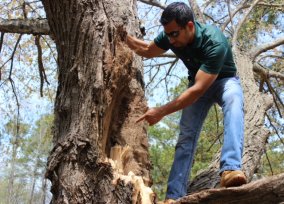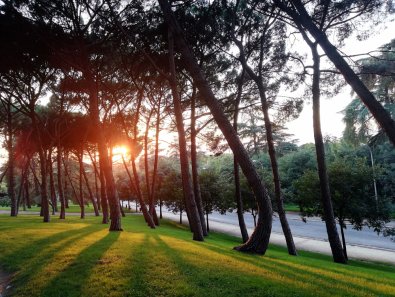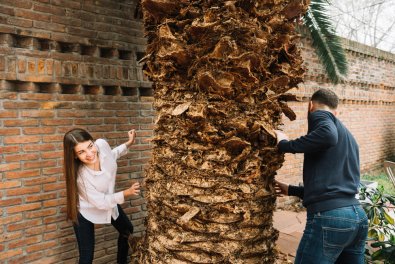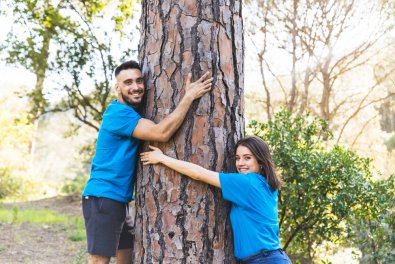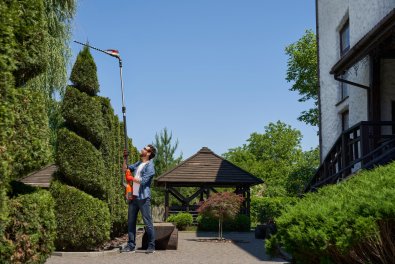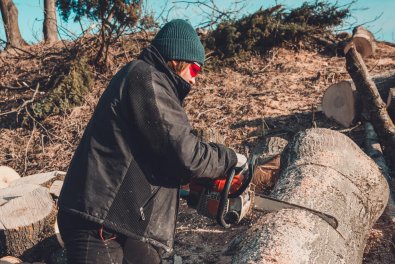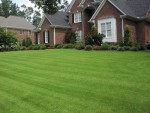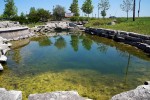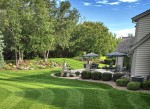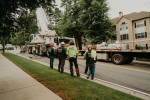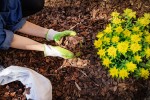Signs of Common Tree Diseases
Healthy trees with a robust trunk, vibrant leaves, sturdy branches, and vigorous roots beautify the yard and likely increase the value of your property. However, diseased and disheveled trees can do quite the opposite. It is easy to look at a tree and sense that something is off, but understanding the actual problem is the first step toward healing a diseased tree. Hiring an ISA-certified arborist from the experts at Sesmas Tree Service can resolve your problem, but we have put together this article for those who like to tackle issues on their own. This is a short list of signs of common tree diseases.
If you have any questions or concerns, or if you would like to schedule an appointment with an ISA-certified arborist, then call Sesmas Tree Service without hesitation.
Leaf Rust
It is perfectly normal to see leaves turn orange or red during the fall season, but orange or reddish spots on tree leaves during other seasons can indicate leaf rust. There are thousands of species of rust on plants, but leaf rust is a fungal disease most often found on mature plants. It starts with white, slightly raised spots beneath the leaves and these spots soon become covered with masses of reddish-orange spores. Severe infestations will cause leaf drop.
Pick off and destroy infested leaves. Rake under the plants and trees regularly to remove fallen debris. Keep leaves dry by watering in the early morning hours. Use bio-fungicides if the infestation is serious.
Gall
Abnormal wart-like growths that appear on lower branches and stems is usually gall, a common plant disease caused by airborne bacteria. The unsightly bumps vary in size and color but are typically harmless. Granted, severe gall may disrupt the flow of water and nutrients up the trunk. Young plants are vulnerable.
In many cases, gall can be removed with pruning techniques. We recommend you hire a trained and ISA-certified arborist to handle this task if you do not have experience.
Witches Broom
No, that is not a birds nest. Witches broom can be identified by the conglomeration of twigs and branches growing from a single point. The causes of witches brooms vary from infections to parasites. Like gall, it is not necessarily harmful, but it does disrupt the aesthetic of the tree.
You can leave it alone or prune it off with care. Make sure to disinfect your tools before and after pruning to avoid spreading disease. If the cluster of twigs return, then you will want to investigate the underlying cause.
Call the Professionals
These are just some of the many, many tree diseases that can affect your tree. We selected some of the easily spotted diseases for this short article, but there are many subtle diseases that should be addressed urgently. Hire an ISA-certified arborist to quickly evaluate the health of your trees. The experts at Sesmas Tree Service are ready to diagnose and cure your tree diseases so your yard can be at its optimal health as soon as possible. Call Sesmas Tree Service to speak with a friendly professional today.


